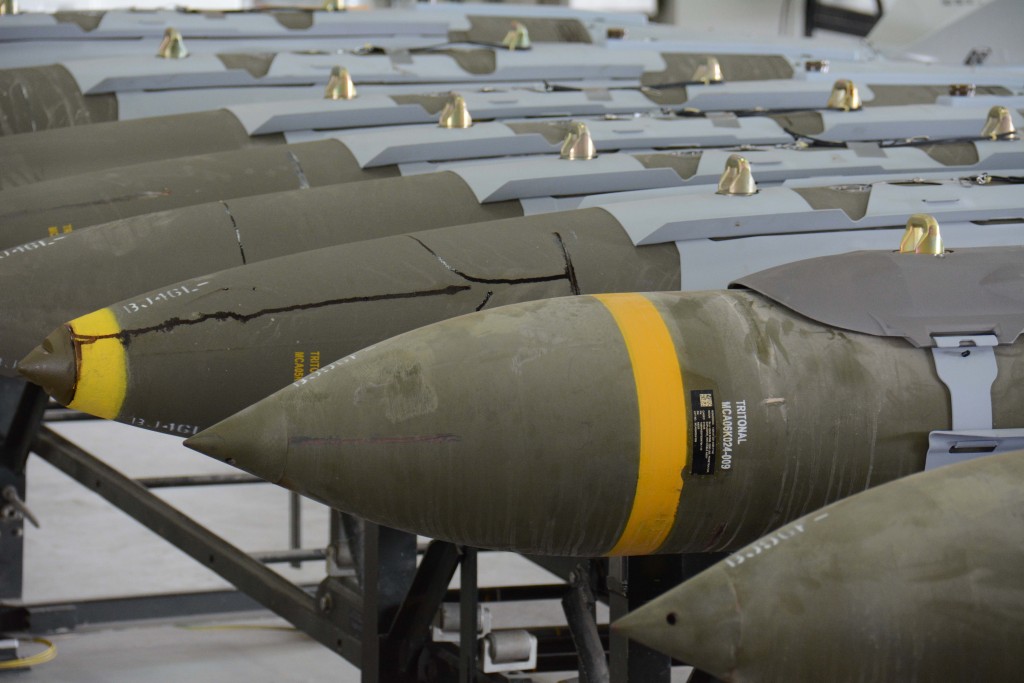
The Pentagon has confirmed five additional casualty events from US airstrikes in Iraq and Syria, which officials say between them killed two civilians while injuring a further four.
Yet all of those described as injured by US officials actually died from their wounds according to the public record – with each victim named at the time by local casualty recorders. That suggests CENTCOM investigators are still not making effective use of credible external reporting when assessing claims.
Airwars understands that this latest US admission is part of a broader Coalition move to ‘normalise’ civilian casualty reporting, after months of officials playing down such claims.
Named victims
The five new confirmed incidents – all within a 13-day time window in July 2015 – make clear that civilian casualties from Coalition strikes are a common event in both Iraq and Syria, as Airwars and others have long indicated.
“One civilian in a truck with a trailer was likely killed” when the Coalition destroyed 16 bridges in the Daesh-controlled city of Raqaa on July 4th, according to US Central Command (CENTCOM) in a press release issued January 22nd.
That death in Raqaa was not publicly reported at the time – suggesting the casualty was only spotted by Coalition aerial surveillance. What its aircraft won’t have been able to see that day was a family of seven reportedly crushed to death when one of the bridges collapsed on top of them according to a later field investigation by BuzzFeed.
On July 7th, US aircraft attacked a group of Daesh fighters, again in Raqqah. According to CENTCOM “a civilian was injured by a secondary explosion and flying debris from the initial strike.” In fact 27-year old Ezz al Deen al Nazzal died of his injuries, as the Syrian Network for Human Rights reported at the time.
A US targeted killing operation against Al Qaeda-linked militant Muhsin al-Fadhli went wrong on July 8th, when a passing motorcycle was caught in the blast (see video below). Rider and passenger were “likely injured” claims CENTCOM. In fact local factory workers Ahmad Mohamad al Tahini, and Hussein Mohammad Kheir al Tahini both died, according to multiple sources.
https://www.youtube.com/watch?time_continue=7&v=ErK8-3XP_Sg
Aftermath of a US strike on July 8th which killed two named factory workers
On July 11th the US admits it killed another civilian at Raqqah, named by monitoring groups as Issa Al Hmeidan. Unmentioned in CENTCOM’s report are two additional alleged events in the city that day, in which a mother and her children and a firefighting team were separately reported slain in Coalition airstrikes.
And finally on July 17th, CENTCOM says it “injured” a civilian during a targeted strike on a vehicle in the Iraqi city of Mosul. According to local monitors, waiter Muhannad Hisham Alnemah (pictured below) had tried to rescue a terrified young child in the street during the strike, but was hit by flying shrapnel. He later died of his injuries in hospital.
Confirming the latest civilian casualties, CENTCOM again noted that “We deeply regret the unintentional loss of life and injuries resulting from those strikes and express our deepest sympathies to the victims’ families and those affected.”
Sharp contrast
What stands out from these latest incidents is not how little is known about civilian deaths from Coalition airstrikes – but how much casualty recorders on the ground are often able to determine from an early stage.
Volunteers with groups such as the Syrian Network for Human Rights and Raqaa Is Being Slaughtered Silently often take great risks gathering such information – only to have their findings often ignored by Coalition partners and international media.
But now there are signs of change. Just weeks ago the Coalition had admitted just two ‘likely’ civilian casualty events. That number has now risen to 13 incidents – and according to Pentagon officials the number of admitted events will continue to rise, as the Coalition seeks to ‘normalise’ reporting of civilian deaths and injuries.
CENTCOM itself plans to confirm an additional four cases in the week beginning January 24th. That will mean a total of 16 civilian casualty cases – and one friendly fire incident – confirmed by the US so far.
Asked to explain why the number of confirmed civilian casualty cases had leapt up in just a few weeks, a CENTCOM spokesman told Airwars that “Based on the balance between keeping the public informed and the lengthy (sometime months) declassification and redaction process associated with individual cases, we made the decision to delink that process from the release of available unclassified information.”
According to CENTCOM, this means that “in accordance with our commitment to transparency, we are working to release the assessment findings of the remaining closed allegations as soon as possible.”
Even so, the Coalition lags far behind the public record when it comes to investigating alleged civilian casualty incidents. As the primary investigator for the Coalition, CENTCOM says it has only assessed 120 such events – and has already deemed 87 of them to be ‘not credible.’
In contrast Airwars believes that out of 320 incidents so far alleged across Iraq and Syria, 135 civilian casualty events involving Coalition partners are already likely to have occured – which between them appear to have killed 830 or more civilians in addition to those already admitted.
Despite more than 2,000 airstrikes by the US’s twelve allies in Iraq and Syria, no other Coalition partner has so far admitted causing any civilian casualties.